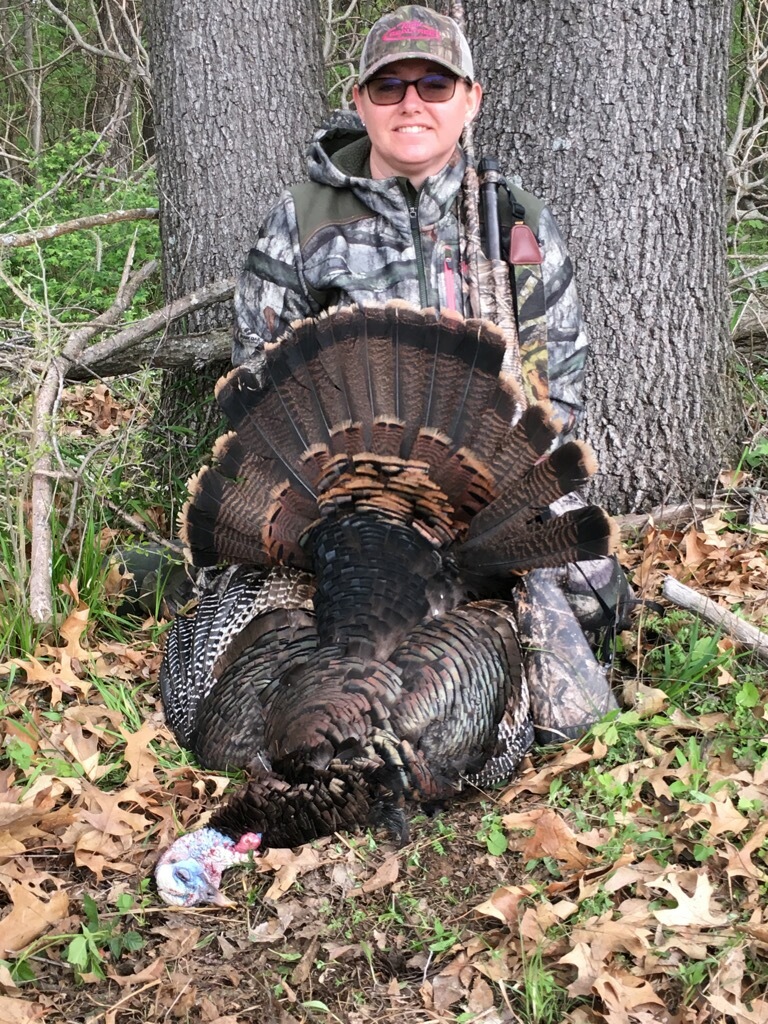
All photos courtesy of the author.



All photos courtesy of the author.
A few decades ago, it was fairly easy to find a place to hunt. A hunter just had to ask a few farmers for permission to hunt and one had access to hunt a variety of game. Today, not so much; those days are long gone. Unless one grows up in a hunting family or even better, a family that owns property, he or she is going to have a hard time finding a place to shoot their first deer and continue a hunting tradition that is handed down from generation to generation.

Lack of access is one of the biggest issues facing sportsmen and women today, and it is the number one reason lapsed hunters give when asked why they no longer hunt. Sometimes a successful hunt isn’t about what you know, but who you know. Good hunting property is either already leased or owned for hunting to outfitters and private groups and individuals, which can bring big dollars to landowners. While going out to ask for permission can sometimes open a few doors, the success rate has become so low these days that it is often not even worth trying in many areas.

Illinois has public-hunting land scattered throughout the state, but it is limited. Nearly 97 percent of the land in Illinois is privately owned. Many private landowners are either transplants from suburban areas who have little or no background in the outdoor lifestyle, making them less receptive to someone who comes knocking for permission to hunt, or they are farmers who already have family and friends hunting their land and may not want a “stranger” on their property.
According to data provided by the 2009 Illinois Conservation Congress, two-thirds of all hunters rely on private land to pursue game, and access to that private land was getting more difficult. One of the top suggestions from this Congress was to develop a public access program on private land. Fortunately, in 2010, a new federal access grant in the USDA’s farm bill called the Voluntary Public Access Habitat Incentive Program (VPA-HIP) was announced. The Illinois Department of Natural Resources (IDNR) applied for a new VPA-HIP grant and was successful in receiving a grant in 2011, which led to the development of the Illinois Recreational Access Program (IRAP). Since that first award, IDNR has received three additional VPA-HIP grants to continue and expand IRAP.

In the beginning of building the IRAP, there was a lot of skepticism as to whether private landowners would allow strangers on their property mostly due to liability and safety concerns. IRAP decided to offset those fears by introducing semi-controlled public access (where participants had to apply for access and be awarded a specific site) and to provide liability insurance for landowners during IRAP activities. This was key, and several landowners decided to try IRAP. Another big draw of IRAP to landowners was assisting them with habitat management by developing a plan and providing up to 75 percent cost-share to implement habitat management practices. Within the first couple of years, IRAP had more than 10,000 acres leased.
IRAP’s game plan was to start small in the beginning by only allowing youth turkey hunting, fishing and hikingh. Once it became established and successful, IRAP added first-time adult turkey hunting. As the demand for IRAP has grown and landowners have become more comfortable with the success IRAP was having, more hunting activities were introduced. Over the past decade, IRAP has grown from just a few outdoor activities to what it is today, with more than 25,000 acres leased for:

Habitat management has been a big part of the IRAP’s success. In 2014, IRAP partnered with Pheasants Forever, Quail Forever and the National Great Rivers Research and Education Center to create two habitat strike teams to work on IRAP leased private land. The habitat strike teams assist private landowners with a variety of management practices, including prescribed burning, tree planting, timber stand improvements and much more. IRAP has seen more game animals and birds on acres previously unmanaged, and hunters comment on how “nice” the properties are and the abundance of wildlife they see. In addition, landowners are excited to learn about various habitat practices and have the assistance to get them implemented. Within the last six years, habitat projects have been implemented on more than 16,000 acres of private land leased to IRAP.

Landowners have a lot to gain by allowing hunters on their land. Not only do they receive an annual lease payment, they also receive valuable habitat management assistance and may get the added benefit of reduced crop depredation by deer. Additionally, some property owners like the thought that a responsible hunter is keeping an eye on the place for them (reporting trespassers), and others like the fact that a youth or first-time adult hunter is getting an opportunity to take part in the age-old tradition of harvesting his or her first deer, turkey or duck.

And therein lies one of the biggest advantages of all for both hunters and landowners—IRAP builds strong communities and allow neighbors to be neighborly. It gives hunters a chance to put on their best behavior and cast hunting in a positive light to a world that has mostly lost touch with our hunting heritage. With a little luck, IRAP will continue to expand and make available more hunting and fishing opportunities for hunters and anglers as well as improve the private land that is utilized.
IRAP is a win, win, win for the landowner, participant and habitat.

Tammy Miller is the Special Projects Manager with the Illinois Department of Natural Resources, Office of Resource Conservation.
Submit a question for the author